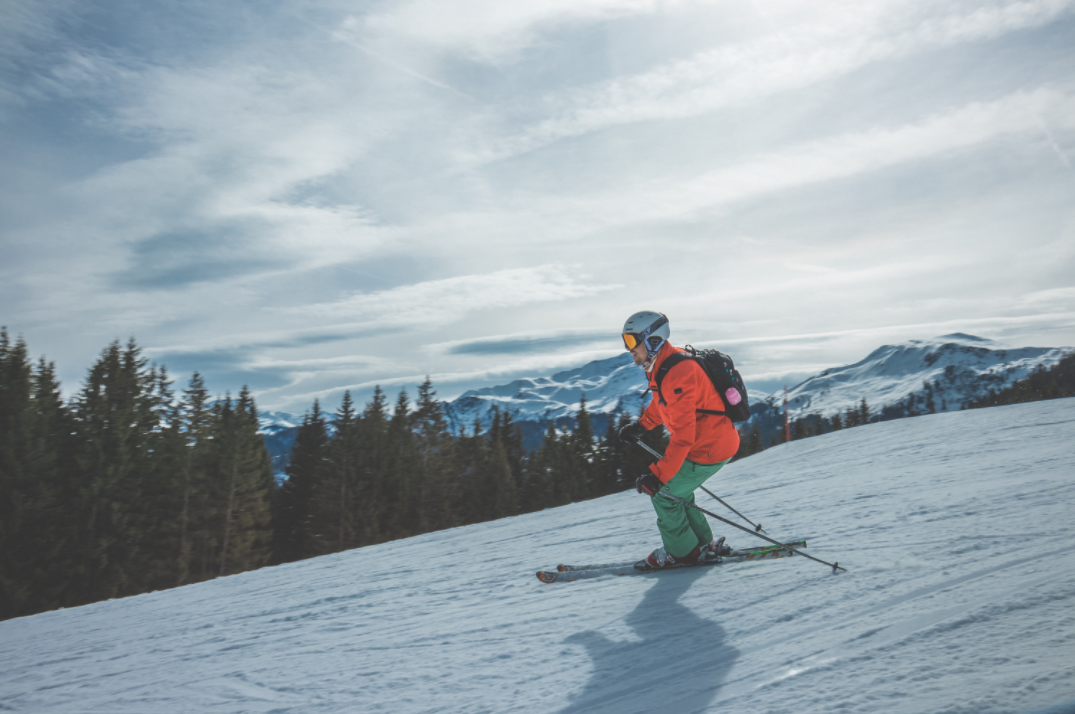Introduction to Bike Rocking
Many people are curious about what's happening when they see a cyclist swaying their bike from side to side. This technique, known as "bike rocking," involves using gravity to enhance pedaling force, achieving a higher output in less time. It's a skillful method that combines strength and finesse, making it a fascinating aspect of cycling to explore.


The essence of bike rocking lies in moving the bike, not the rider. By controlling the bike's sway with the upper body and driving forward with strong leg power, cyclists can transmit energy more effectively. However, timing and context are key. Bike rocking is most effective and safe when used away from crowded fields, on straight paths, and under conditions where control can be maintained.

While bike rocking can offer advantages, it's not always suitable. Its dynamic nature means it can potentially interfere with other riders' paths in crowded situations. It's also less advisable on curves and loose surfaces, where the risk of losing control and falling is higher. Understanding when and where to apply this technique is as important as mastering the technique itself.


Bike rocking is a testament to the cyclist's skill and understanding of their bike and body. Whether you learned this technique as a child or are exploring it as an adult, its mastery can add a powerful tool to your cycling arsenal. Now, we're curious: At what age did you learn to rock the bike, and how has it transformed your cycling experience?










Leave a comment
This site is protected by hCaptcha and the hCaptcha Privacy Policy and Terms of Service apply.